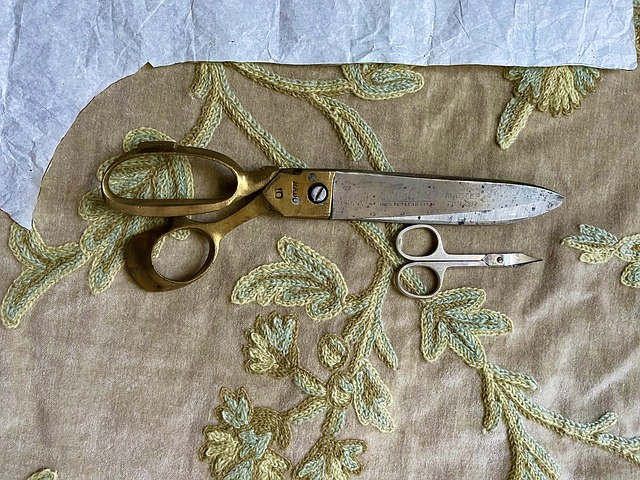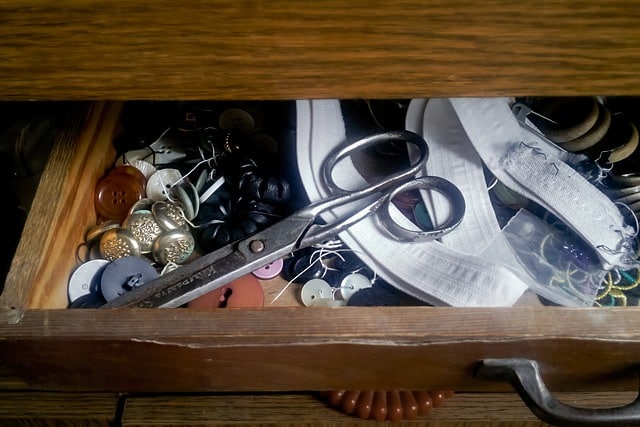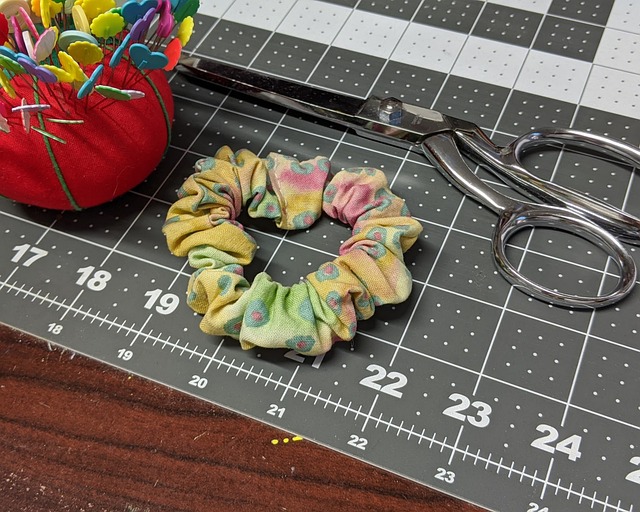
My 6 Favorites Scissors For Quilting
If you are a quilter, then you know that having the right scissors is essential for your work. But which type of scissors should you buy?
There are so many different types of scissors and it can be hard to decide which one is right for you. In this article, we will go over the different types of scissors and show you how to choose the best one for your needs.
We will also provide tips on how to take care of your scissors so that they last for a long time and perform as well as possible.
What Are The Different Types Of Scissors Available?
There are a variety of scissors available on the market, each designed for a specific purpose. Here is a rundown of the most common types of scissors:
- Shears: Shears are large scissors used for cutting thicker materials such as fabric, paper, or hair. They typically have sharp blades and comfortable handles to make cutting easier.
- Pinking shears: Pinking shears have zigzag blades that create a wavy edge when cutting fabric. This type of scissors is often used by quilters to minimize fraying.
- Embroidery scissors: Embroidery scissors have very sharp, small blades that are perfect for snipping threads. They often have pointed tips to help you reach tight spaces.
- Paper scissors: Paper scissors have sharp blades that can cut through multiple layers of paper at once. They come in a variety of sizes to suit different needs.
- Thread nippers: Thread nippers are small, handheld scissors used for cutting thread. They typically have curved blades that allow you to get close to the fabric without snagging it.
My 6 Favorites Scissors For Quilting
What Are The Benefits And Drawbacks Of Each Type Of Scissors?
The most common types of scissors are made from carbon steel. Carbon steel scissors are strong and can be used for a variety of purposes, including cutting paper, fabric, and thin metal. However, carbon steel scissors can rust if they are not properly cared for, so it is important to keep them dry and stored in a cool, dry place.
Stainless steel scissors are also common. Stainless steel is less likely to rust than carbon steel, so these scissors require less maintenance. They are also generally more expensive than carbon steel scissors.
Titanium scissors are the strongest type of scissors available. They are also the most expensive. Titanium scissors can cut through thicker materials than other types of scissors, making them ideal for heavy-duty use. However, because they are so strong, they can be difficult to control and may cause accidents if not used properly.
How Do You Choose The Right Size Scissors For Your Quilting Project?
When it comes to quilting, having the right size scissors can make all the difference in the world. If your scissors are too big, you may end up cutting through more fabric than you need to. On the other hand, if your scissors are too small, you may not be able to cut through all of the layers of fabric. So how do you choose the right size scissors for your quilting project?
The first thing you need to do is take a look at the project you’re working on. What is the largest piece of fabric you’ll need to cut? That’s the size of scissors you’ll need. For example, if you’re working with a piece of fabric that’s 18 inches wide, you’ll need a pair of scissors that can handle that much fabric.
Next, take a look at the number of layers of fabric you’ll be working with. If you’re only working with one layer, then any pair of scissors will do. But if you’re working with multiple layers, you’ll need a pair of scissors that can handle that much fabric. For example, if you’re working with three layers of fabric, you’ll need a pair of scissors that can handle at least 36 inches of fabric.
Finally, take a look at the type of fabric you’ll be working with. Some fabrics are more delicate than others and will require a different type of scissors. For example, if you’re working with silk or satin, you’ll need a pair of scissors that can handle those types of fabrics.
Now that you know how to choose the right size scissors for your quilting project, get out there and get started!
What Other Factors Should You Consider When Choosing Scissors For Quilting?
In addition to choosing scissors that are the right size and shape for your hands, you should also consider the type of blades that are best for quilting. The most common types of blades are straight, serrated, and pinking.
Straight blades are the most versatile and can be used for a variety of tasks, from cutting fabric to trimming thread. Serrated blades have small teeth on the edge of the blade, which can help grip slippery fabrics and prevent them from slipping while you’re cutting. Pinking blades have a zig-zag pattern on the edge of the blade, which can create a decorative finish on your fabric edges and help prevent fraying.
When choosing scissors for quilting, it’s important to find a pair that is comfortable for you to use and that will suit the specific tasks you need them for. With so many different types of scissors available, there’s sure to be a perfect pair out there for you!

Where Can You Find The Best Selection Of Quilting Scissors?
There are a few places that you can find the best selection of quilting scissors. One place is your local fabric store. They will usually have a good selection to choose from. Another place to look is an online quilt shop. You will be able to find a larger selection of quilting scissors online than in your local store. And finally, you can also check out a specialty quilt store. These stores will have the largest selection of quilting scissors to choose from.
Scissors Come In All Shapes, Sizes, And Price Points.
With So Many Options Available, It Can Be Difficult To Know Which Pair Is Right For Your Next Quilting Project. In This Article, We’ll Discuss Some Of The Things You Should Look For When Choosing Scissors For Quilting, Including Blade Type, Handle Style, And Size. We’ll
There are a few things you should consider when choosing the best scissors for quilting. First, think about the blade type. There are two main types of blades: straight and curved. Straight blades are best for cutting straight lines, while curved blades are better for cutting curves. If you’re not sure which type of blade you need, opt for a pair of scissors that has both types of blades so you can use them for any type of cut.
Next, think about the handle style. There are two main types of handles: offset and ergonomic. Offset handles have one blade that is slightly higher than the other, which can provide more comfort and control when cutting fabric. Ergonomic handles are designed to fit comfortably in your hand, and they often have cushioned grips to reduce fatigue. Again, if you’re not sure which type of handle you prefer, choose a pair of scissors that has both so you can try them out and see what feels best.
Finally, consider the size of the scissors. Scissors come in a variety of sizes, from small snips to large shears. Choose a size that is comfortable for you to hold and that will allow you to make the cuts you need without difficulty.
With these factors in mind, you should be able to find a pair of scissors that is perfect for your next quilting project!

Conclusion
If you’re looking for the best scissors for quilting, be sure to consider the blade type, handle style, and size. With so many options available, you’re sure to find the perfect pair of scissors for your next project!







